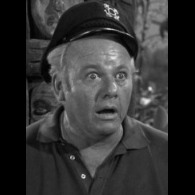Useful to shoot some slide film – BEOON+M10
-
Recently Browsing 0 members
- No registered users viewing this page.
-
Similar Content
-
- 17 replies
- 1,769 views
-
- 92 replies
- 11,848 views
-
- 17 replies
- 7,417 views
-
- 218 replies
- 10,075 views
-
- 38 replies
- 1,738 views
-





Recommended Posts
Join the conversation
You can post now and register later. If you have an account, sign in now to post with your account.
Note: Your post will require moderator approval before it will be visible.